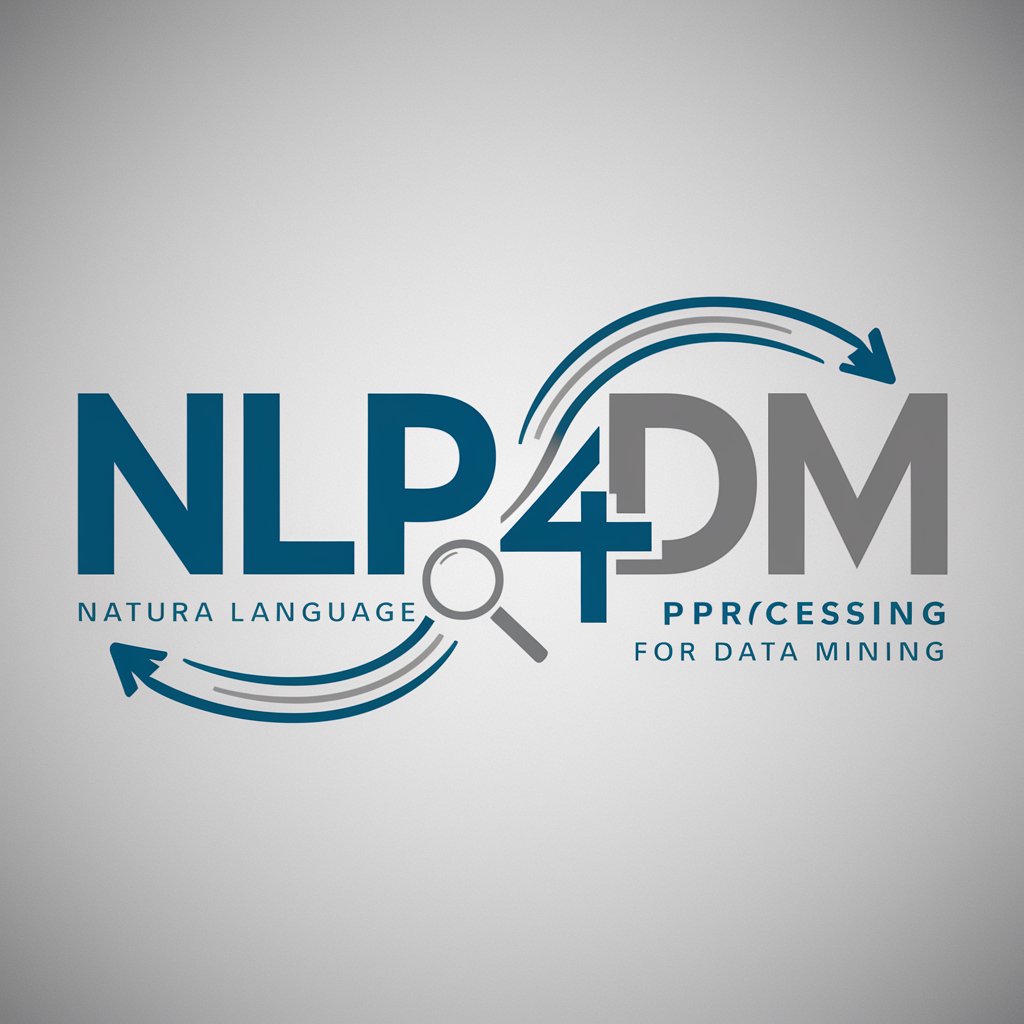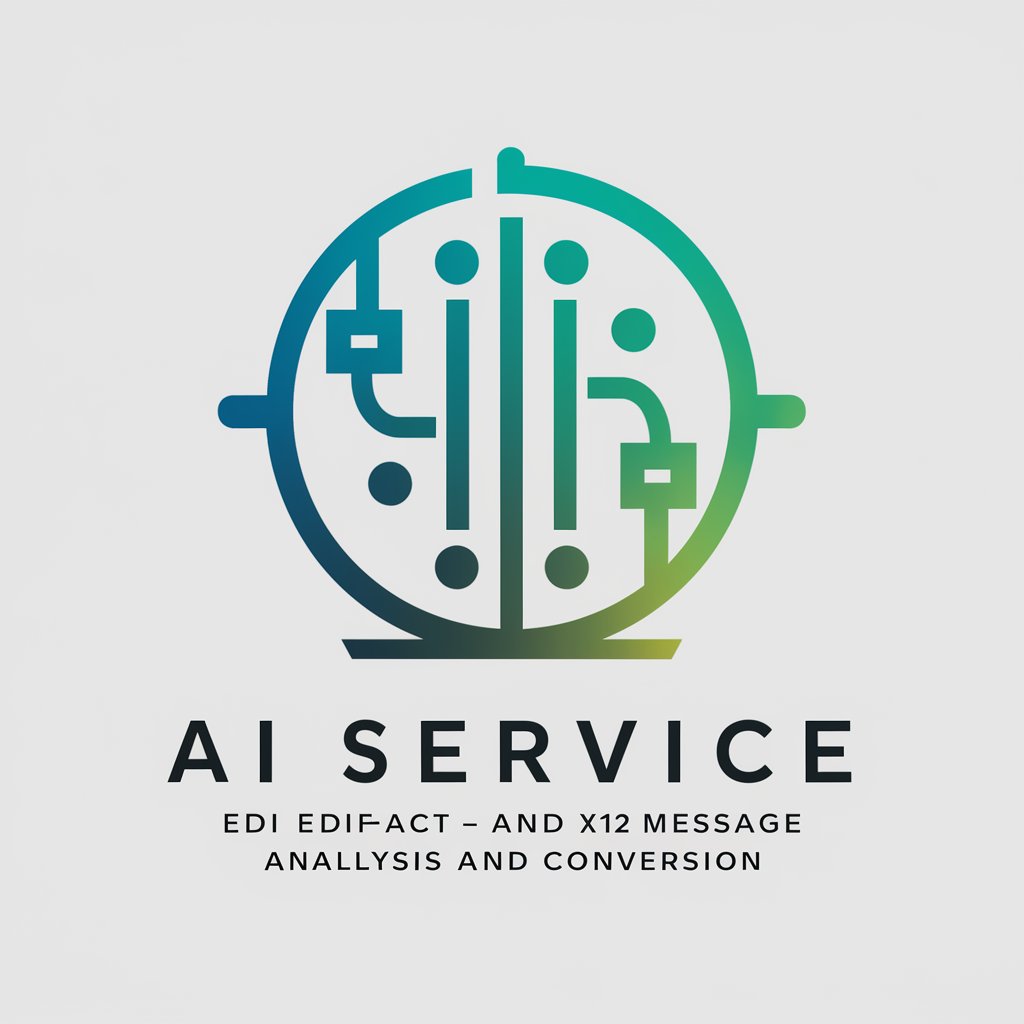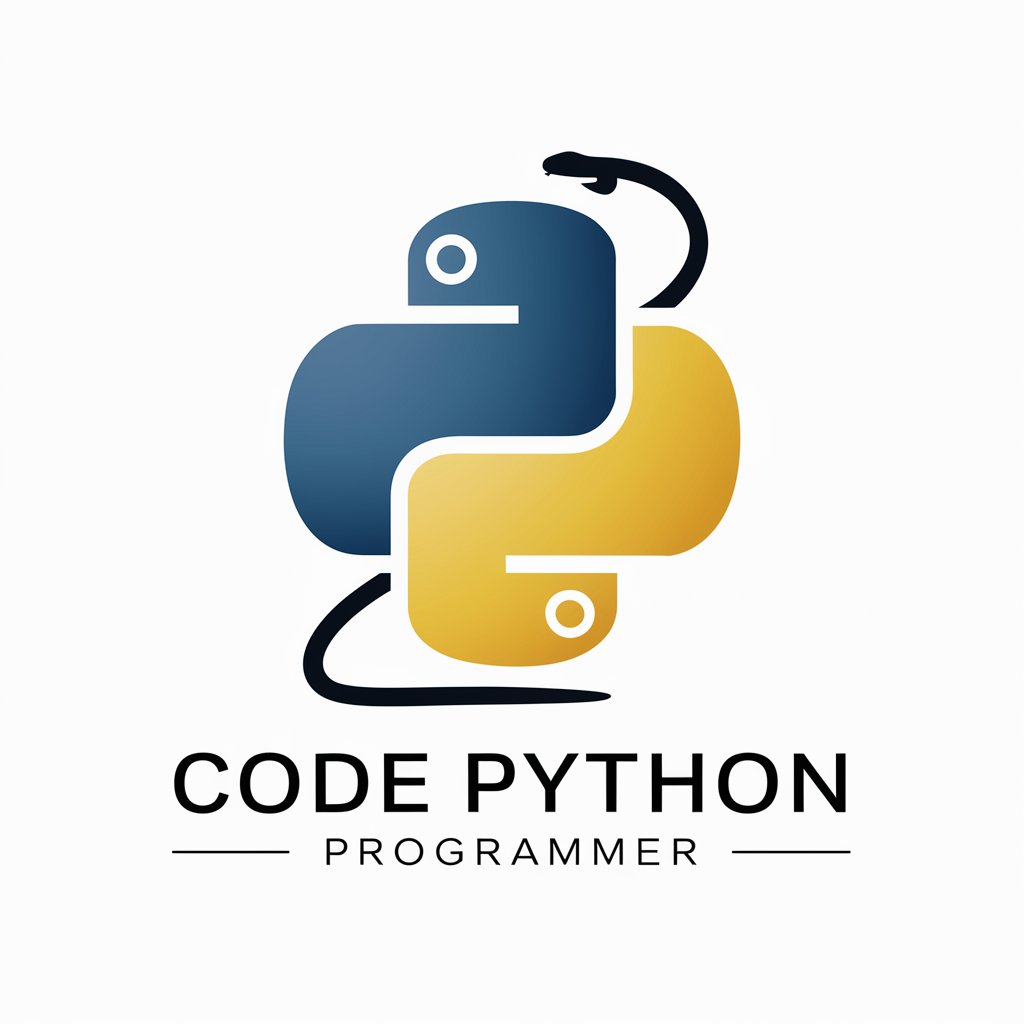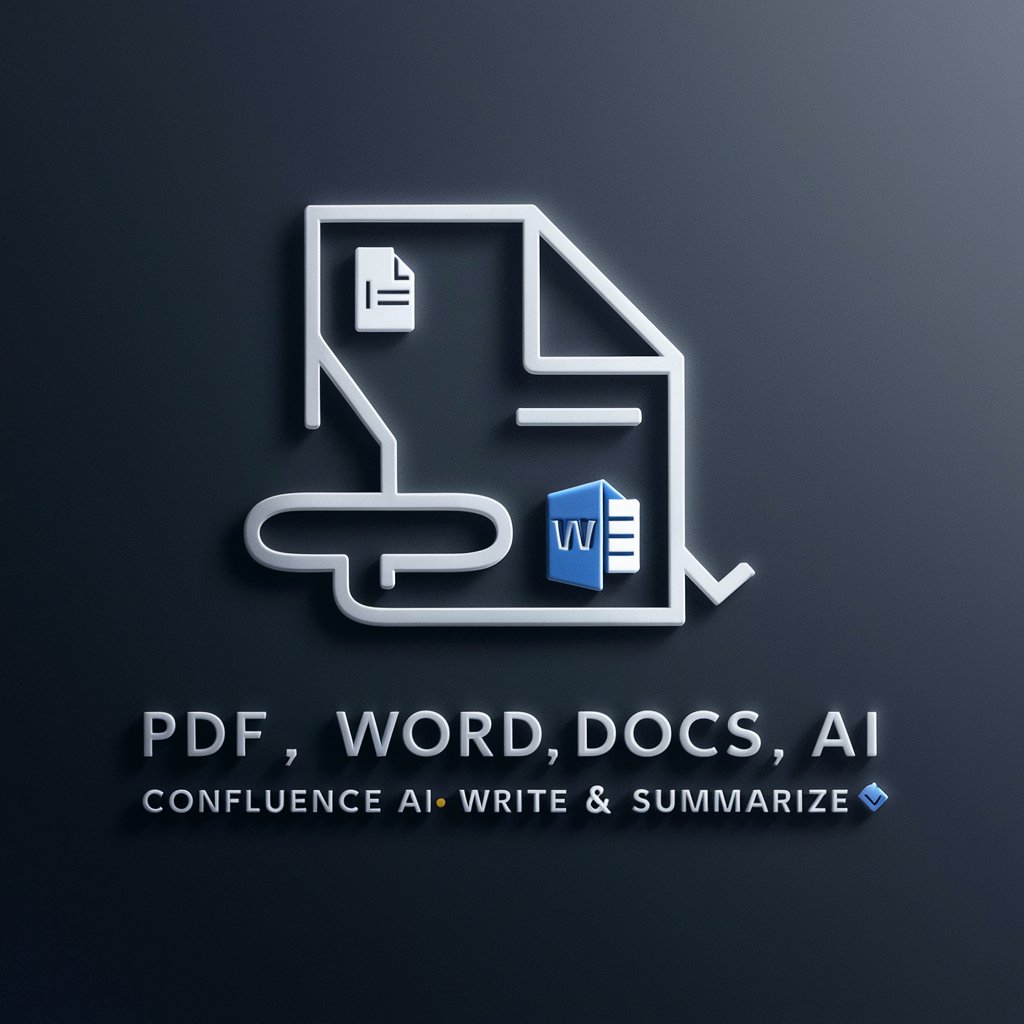Natural Language Processing for Data Mining - NLP-driven Data Insights

Welcome! Let's uncover insights from your data together.
Harness AI to mine text data effectively
Analyze the sentiment of the following text:
Extract key information from this document:
Identify patterns in this dataset:
Summarize the main points of this article:
Get Embed Code
Overview of Natural Language Processing for Data Mining
Natural Language Processing (NLP) for Data Mining focuses on extracting meaningful patterns and insights from unstructured textual data. This field blends NLP techniques with data mining methodologies to analyze, process, and interpret large volumes of text. By employing algorithms and models, it aims to uncover hidden themes, sentiments, and data relationships. An example scenario is sentiment analysis on customer reviews, where NLP is used to classify and quantify sentiments expressed in text, aiding businesses in understanding consumer emotions and preferences. Powered by ChatGPT-4o。

Core Functions of Natural Language Processing for Data Mining
Sentiment Analysis
Example
Analyzing social media posts to gauge public opinion on a new product.
Scenario
A company launches a new smartphone and uses sentiment analysis to monitor tweets mentioning the product, categorizing them as positive, negative, or neutral. This helps in quick strategic adjustments to marketing or product features.
Topic Modeling
Example
Identifying main themes from thousands of news articles.
Scenario
A news aggregator uses topic modeling to categorize articles into topics such as politics, sports, or technology. This enhances user experience by customizing content feeds based on user interest.
Named Entity Recognition (NER)
Example
Extracting company names from financial reports.
Scenario
Financial analysts use NER to scan through numerous reports and extract mentions of companies and financial metrics, streamlining the data gathering process for investment decisions.
Text Classification
Example
Automating email sorting into categories such as 'work', 'personal', or 'spam'.
Scenario
An organization employs text classification to manage incoming emails, automatically routing them to appropriate departments or flagging spam, thus improving efficiency and security.
Target User Groups for Natural Language Processing for Data Mining
Business Analysts
Business analysts utilize NLP data mining to derive insights from market research, customer feedback, and competitive intelligence, aiding in better decision-making and strategy formulation.
Academic Researchers
Researchers in various academic fields use NLP techniques to analyze large volumes of text data from articles, books, and online sources, helping in hypothesis testing and literature reviews.
Healthcare Professionals
Healthcare professionals and researchers employ NLP to mine medical records and scientific publications, identifying trends, and extracting clinical data to support evidence-based medical practices.
Government Agencies
Government entities leverage NLP for public sentiment analysis, policy feedback, and to monitor social media for public safety and communication.

Steps to Use Natural Language Processing for Data Mining
Start Free Trial
Initiate your journey by visiting yeschat.ai to access a free trial without requiring a login or a subscription to ChatGPT Plus.
Define Objectives
Identify and clearly define the specific goals you wish to achieve with NLP-based data mining, such as sentiment analysis, entity recognition, or topic modeling.
Gather Data
Collect and organize the text data from various sources like social media, customer reviews, or organizational documents that you intend to analyze.
Preprocess Data
Prepare your dataset for analysis by performing tasks like tokenization, removing stopwords, and normalizing text to improve data quality and relevance.
Analyze and Interpret
Utilize NLP techniques to extract insights and patterns from the data. Apply algorithms suited to your objectives and use visualizations to interpret the results effectively.
Try other advanced and practical GPTs
中文翻译
Precision in Translation, Powered by AI

Web Dev Mentor
Enhance Your Code with AI-Powered TypeScript Guidance

EDI EDIFACT and X12 analyser
Empowering EDI Transactions with AI

ATEEZ's San's Cute Deoki
Engage with San, powered by AI

心靈成長導師
Navigate life's complexities with AI-driven wisdom.

Code Python Programmer
Your AI-Powered Python Coding Assistant

Binance Bot Programmer
Automate trading with AI-driven bots

Synology Surveillance API
AI-Powered Surveillance Insight

BM ZEN GPT
AI-powered business model innovation.

Accountant 5.0
Empowering accounting with AI precision.

pdf word ppt+ ⏩ Summarize Translate Analysis Write
Empowering Documents with AI

Righteous Warrior
AI-powered insights for equitable law

Q&A on Natural Language Processing for Data Mining
What is Natural Language Processing for Data Mining?
Natural Language Processing for Data Mining involves using NLP techniques to extract insights, identify patterns, and derive meaning from large volumes of unstructured text data.
How can NLP improve sentiment analysis in customer feedback?
NLP can categorize sentiments in customer feedback by identifying positive, negative, and neutral opinions, thus helping businesses understand consumer emotions and reactions toward their products or services.
What are some common preprocessing steps in NLP for Data Mining?
Common steps include tokenization (breaking text into tokens like words), removing stopwords (common but irrelevant words), and stemming (reducing words to their base form).
Can NLP be used to detect trends from social media data?
Yes, NLP is effective in analyzing social media texts to identify trending topics, hashtags, and public opinions, aiding in market analysis and brand monitoring.
What tools are recommended for NLP-based data mining?
Popular tools include Python libraries such as NLTK, spaCy, and TensorFlow, which offer powerful functionalities for text analysis and machine learning applications.
